Your search 'Patination pigments' did not match any products.
Showing results using some of your search terms 'Patination pigments'
Search results for 'pigments'
-
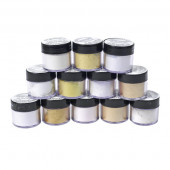
Pearl Lustre Pigments 1 kg
Starting at: £94.00
Call to Order
-
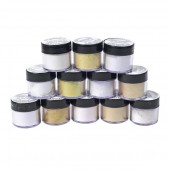
Pearl Lustre Pigments 7g
Starting at: £4.70
-
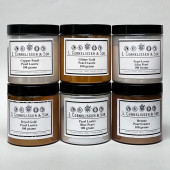
Cornelissen Pearl Lustre Pigments 100g
Starting at: £12.90
-
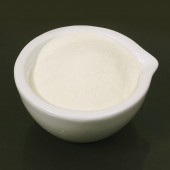
Casein Lactic
Starting at: £15.95
-
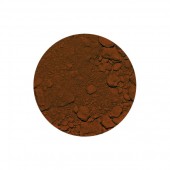
Mars Red Pigment
Starting at: £4.50
-
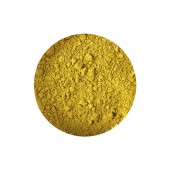
Yellow Ochre Pigment
Starting at: £4.00
-
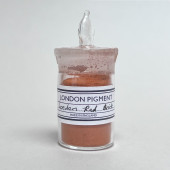
London Pigment, London Red Brick
£30.00 -
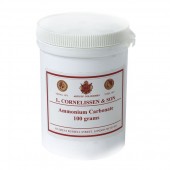
Ammonium Carbonate
Starting at: £9.70
-

London Pigment, Georgian Yellow Brick Pigment
£18.00 -
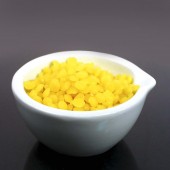
Natural Beeswax
Starting at: £11.20
-
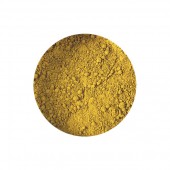
Raw Sienna Pigment
Starting at: £4.00
-
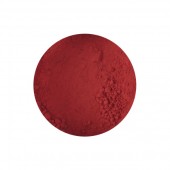
Alizarin Crimson Pigment
Starting at: £4.50
-

Cobalt Blue Pigment
Starting at: £6.50
-

Mars Violet Pigment
Starting at: £4.50
-
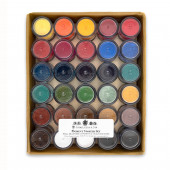
Cornelissen Pigment Set of 30 Colours
£130.00
-
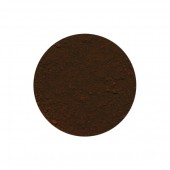
Indian Red Pigment
Starting at: £4.60
-
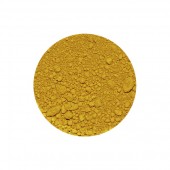
Mars Yellow Pigment
Starting at: £4.50
-
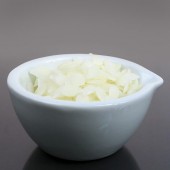
Bleached Beeswax
Starting at: £12.30
-
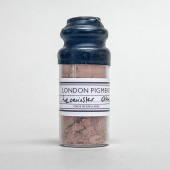
London Pigment, Leominster Ochre Pigment
£18.00 -
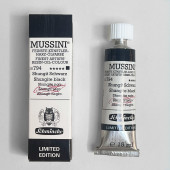
Schmincke Mussini Shungite Black Limited Edition 15 ml
£26.00
-

Ultramarine Blue Limewash Pigment
Starting at: £6.30
-
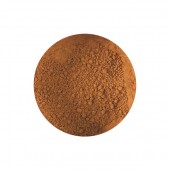
Burnt Sienna Pigment
Starting at: £4.00
-
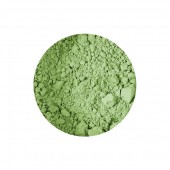
Terre Verte Pigment
Starting at: £4.00
-
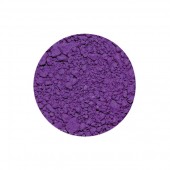
Ultramarine Violet Pigment
Starting at: £6.20
-

Glass Dropper
Starting at: £1.40
-
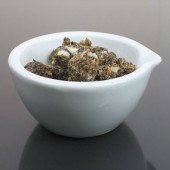
Gum Benzoin
Starting at: £14.70
-
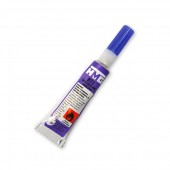
HMG B72 Restoration Adhesive
£7.70 -
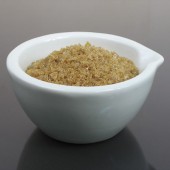
Rabbit Skin Glue
Starting at: £13.00
-
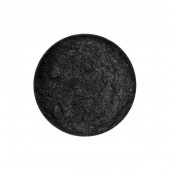
Graphite Powder (Sri Lanka)
Starting at: £5.50
-
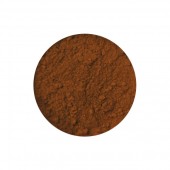
Translucent Yellow Oxide Pigment
Starting at: £7.00




